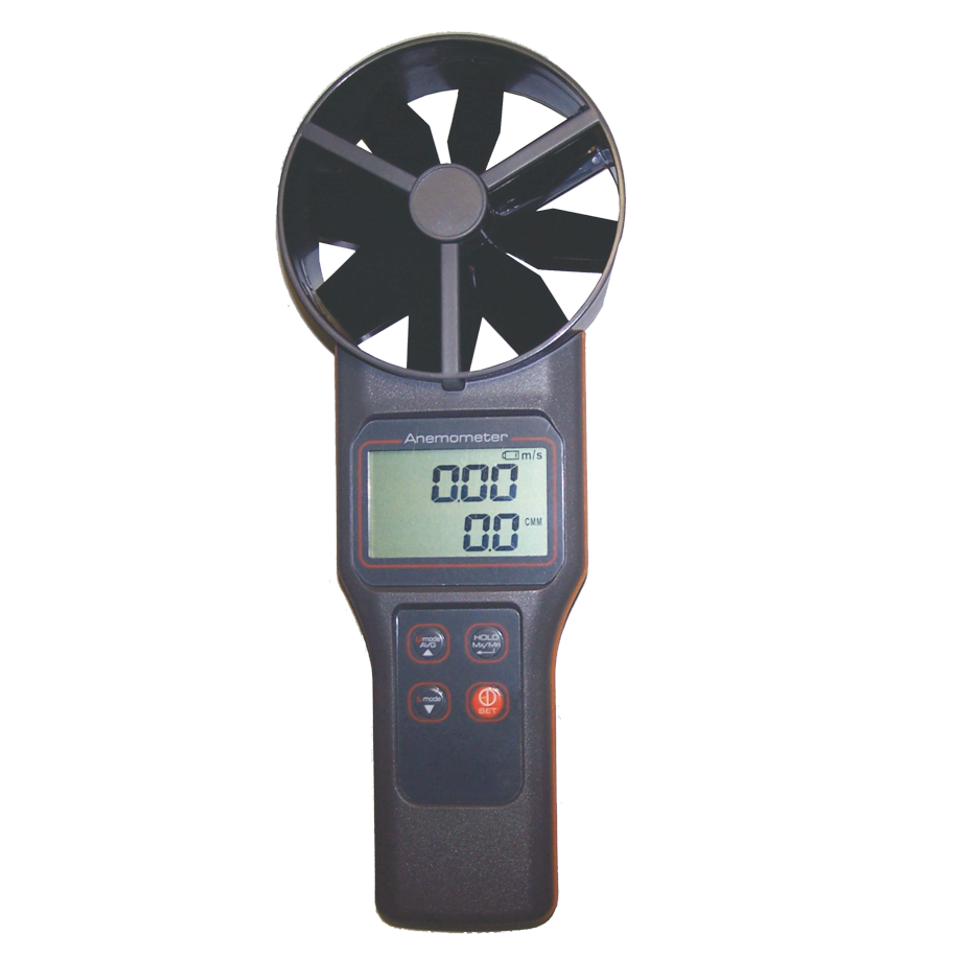How to Preserve and Care for Your Anemometer to Guarantee Longevity
How to Preserve and Care for Your Anemometer to Guarantee Longevity
Blog Article
Anemometers Introduced: Recognizing Their Importance in Ecological Surveillance and Precaution
The role of anemometers in ecological surveillance and safety actions is frequently underestimated, yet their significance is undeniable. These instruments have a long background rooted in scientific questions and technological innovations, evolving to come to be essential devices in various areas. From meteorology to aviation safety, anemometers play a crucial duty in offering precise data that educates decision-making processes and enhances total safety and security. Comprehending the intricacies of anemometers introduces a world of vital understandings that are fundamental to our understanding of the setting and the actions we take to make certain safety.
Background of Anemometers
The evolution of anemometers can be traced back to the old people where simple wind gauging devices were initial utilized. One of the earliest known anemometers was the hemispherical mug anemometer designed by Leon Battista Alberti in the 15th century.
In the 18th century, the popular researcher John Thomas Romney Robinson presented the Robinson anemometer, which included four hemispherical mugs placed on horizontal arms that extended from a central axis. This style became a requirement in atmospheric measurements as a result of its precision and dependability. Over the years, innovations in technology caused the advancement of more modern anemometers, including ultrasonic anemometers and laser Doppler anemometers, offering increased precision and performance in determining wind rate and instructions. The history of anemometers showcases an impressive trip of technology and progression in the field of meteorology.
Sorts Of Anemometers
Throughout the area of meteorology, various sorts of anemometers have actually been established to properly gauge wind rate and direction. The most typical type is the cup anemometer, which consists of 3 or 4 mugs placed on straight arms that rotate with the wind. As the mugs spin, the rate at which they revolve is straight proportional to the wind speed. Another commonly used type is the vane anemometer, which features a tail or fin that straightens itself with the wind instructions. This positioning enables the gadget to figure out the wind instructions. Sonic anemometers use ultrasonic signals to gauge wind speed and direction accurately. They are frequently made use of in study applications because of their high accuracy. Hot-wire anemometers run based upon the principle that the cooling effect of wind on a warmed cable is symmetrical to the wind speed. These anemometers are appropriate for gauging low wind rates with high precision. Each sort of anemometer has its staminas and is selected based upon the details needs of the surveillance task available.
Applications in Meteorology
Having actually talked about the different sorts of anemometers used in weather forecasting for gauging wind speed and instructions, it is important to explore their functional applications in the field. Anemometers play a critical function in weather forecasting by giving precise and real-time data on wind problems (anemometer). Meteorologists utilize anemometers to monitor wind rate and direction to anticipate climate patterns, issue cautions for serious weather occasions like typhoons, hurricanes, and tornados, and examine weather for aeronautics safety and security
In weather forecasting, anemometers help in recognizing local and neighborhood wind patterns, which are vital for forecasting weather adjustments and determining climatic patterns. These tools are also utilized in research to study microclimates, urban heat islands, and air contamination dispersion. Furthermore, anemometers are utilized in agriculture to maximize crop management methods, such as irrigation and chemical application, based upon wind problems.
Value in Aviation Safety
An indispensable aspect of making sure aeronautics safety depends on the meticulous monitoring of wind conditions making use of anemometers. Anemometers play an important duty in aviation by offering real-time information on wind speed and instructions, aiding pilots in making notified decisions during liftoff, touchdown, and trip. Unforeseeable and strong winds can substantially impact aircraft operations, making it necessary for aviation authorities to depend on accurate wind dimensions to ensure the safety and security of travelers and crew.

In from this source the dynamic atmosphere of aeronautics, where even small adjustments in wind speed and direction can have profound impacts, anemometers stand as vital devices for advertising secure and secure air traveling.
Role in Environmental Research Study
Just how do anemometers add to improvements in ecological research? Anemometers play a critical function in ecological research study by providing vital data on wind rate and direction. This info is vital for understanding different atmospheric procedures, such as air pollution dispersion, weather condition patterns, and climate change. By precisely gauging wind features, anemometers aid scientists evaluate the activity of pollutants airborne, evaluate the effect of industrial emissions, and predict the spread of pollutants in the setting.


Conclusion
In verdict, anemometers have played an essential function in environmental tracking and safety actions. Comprehending the relevance of anemometers is vital for accurately measuring wind speed and direction, which is vital for anticipating weather condition patterns, making sure secure aeronautics procedures, and carrying out environmental studies.
One of the earliest well-known anemometers was the hemispherical cup anemometer invented by Leon Battista Alberti in the 15th century. Over the years, advancements in technology led to the development of more modern anemometers, consisting of ultrasonic anemometers and laser Doppler anemometers, using raised accuracy and effectiveness in measuring wind speed and direction. Hot-wire anemometers operate based on the principle that the browse around here cooling effect of wind on a heated cord is symmetrical to the wind speed. Meteorologists use anemometers to keep an eye on wind rate and direction to forecast climate patterns, problem cautions for severe weather condition occasions like cyclones, storms, and tornadoes, and examine atmospheric conditions for aviation safety.
Comprehending the significance of anemometers is important for accurately determining wind speed and instructions, which is crucial for anticipating climate patterns, making certain safe aviation procedures, and carrying out ecological studies. (anemometer)
Report this page